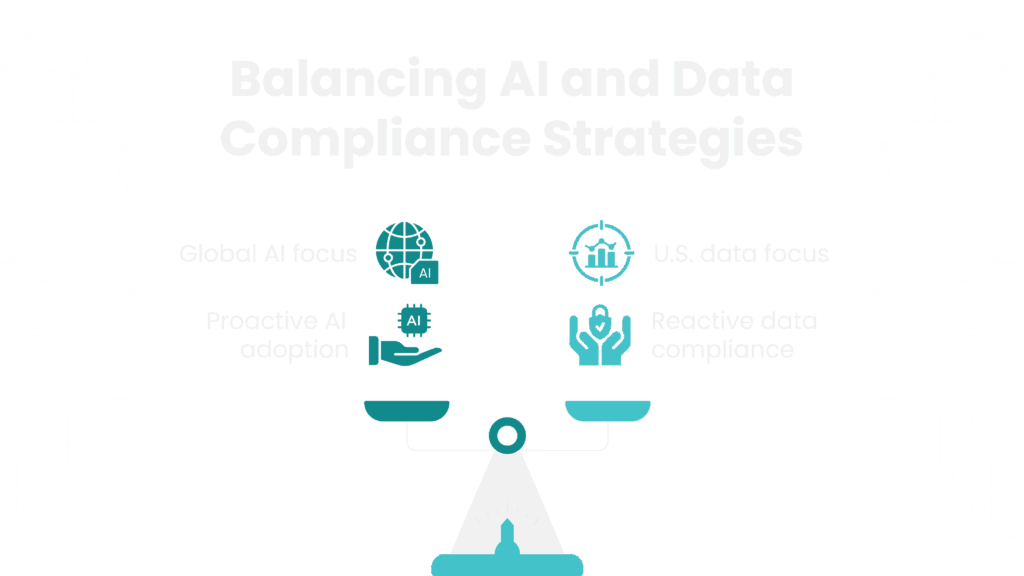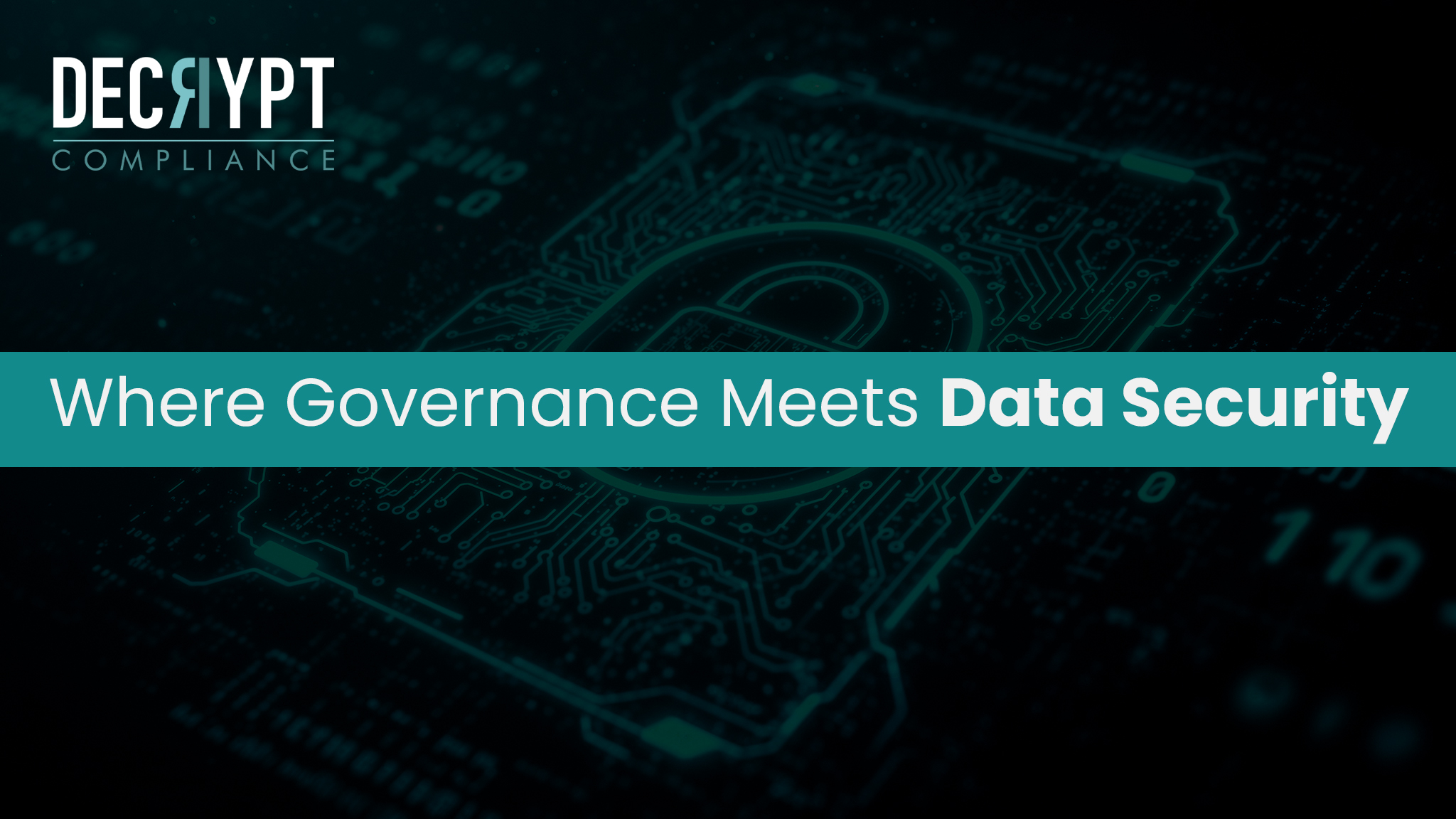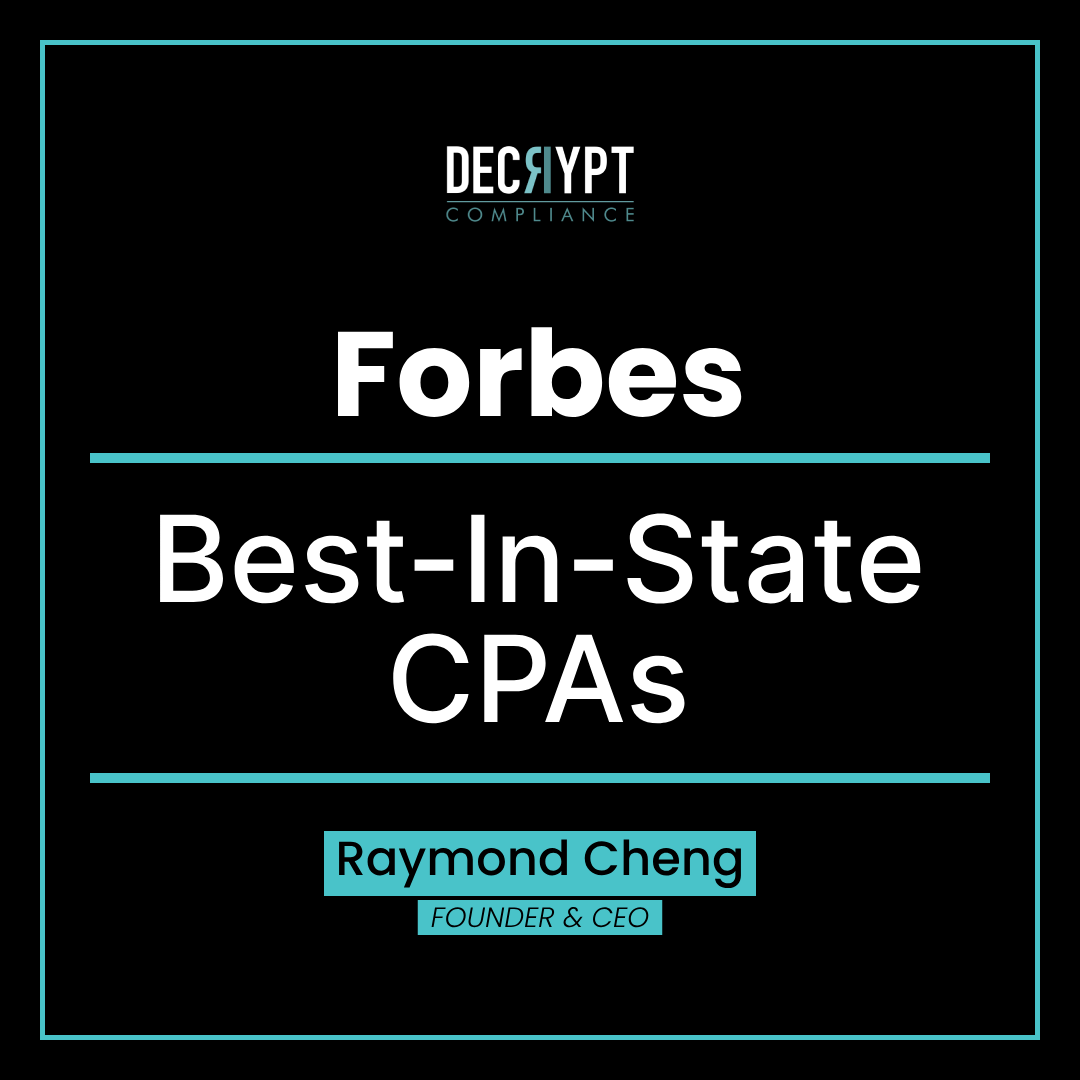Companies evaluating certification paths are usually doing so because a partner asked for proof of compliance. That or they are proactive and expect those requests are just around the corner. Security reviews, vendor assessments, and risk management surveys all put companies in a position to obtain certifications that build trust.
SOC 2 continues to hold weight for U.S.-based companies, while ISO 42001 is gaining traction as AI moves from experimental to a standard operational tool. For companies working with AI and managing customer data, both frameworks matter but so does the strategy behind how and when to adopt them.

Understanding the relationship (and intersection) between ISO 42001 and SOC 2 helps fast-moving companies save time, align resources, and build a stronger trust posture across the board. These certifications don’t live in separate silos. Instead, they share a foundation that allows teams to meet multiple goals with a smarter approach.
What Overlap Exists in the Criteria?
The overlap shows up in the mechanics. SOC 2 focuses on the security, availability, confidentiality, processing integrity, and privacy of customer data. ISO 42001 centers on the governance, risk, and transparency of AI systems. Both expect companies to show that leadership understands the risks, communicates decisions clearly, and documents processes in a way that aligns with real operations.
For example, SOC 2 will ask how security risks are assessed and mitigated. ISO 42001 raises similar questions, but the focus shifts toward how AI models are evaluated for potential harm or unintended outcomes. In both cases, the review looks at leadership’s role, the clarity of internal policies, and how consistently teams follow the procedures in place.
When it comes to traceability and decision accountability, the overlap becomes even clearer. SOC 2 might focus on tracking changes to access controls, while ISO 42001 may require that organizations can explain how AI outputs are generated. The controls serve different goals, but they rely on the same infrastructure—documentation, monitoring, and clearly defined responsibilities.
Efficient Systems Eliminate Redundancy
Building systems that support both frameworks doesn’t require reinventing operations. With the right strategy, companies can meet both sets of requirements using shared controls and consistent documentation. If your team already performs risk assessments and maintains audit-ready records, those assets carry value across the board.
In practice, this means security controls that protect customer data can also support responsible AI use. The documentation you keep for system uptime and recovery planning in SOC 2 can often demonstrate the reliability ISO 42001 looks for in AI deployment. Certification efforts don’t need to compete for resources. Rather, they can complement one another with a smart internal setup.
A unified approach also creates a cleaner story for sales and procurement teams. SOC 2 helps companies pass due diligence and security reviews. ISO 42001 gives structure to the conversation around responsible AI use. Having both on hand shows your customers and partners that trust is already part of how your company works.
When Does It Make Sense Not to Pursue Both Simultaneously?
Timing matters. Certification works best when the foundation already exists. If your security policies are still being built or your AI deployment hasn’t stabilized, pushing both audits too early can backfire. The value comes when your current operations can be backed by documentation rather than when you’re attempting to patch holes in your systems in real time.
Leadership engagement is also critical. These audits review how decisions are made, how risks are tracked, and how teams stay accountable. If the organization isn’t aligned around those practices, the lift becomes heavier. Starting with one framework may make more sense until internal alignment is stronger.
Certifications reflect what a company already does, not what it hopes to do later. That’s why companies that wait to get ready usually face more delays. A clear internal structure and active leadership buy-in make all the difference in deciding when to pursue both.
Rapid Compliance at the Ready for Efficient Organizations
Certifications don’t have to be time-consuming or disjointed. Decrypt Compliance works with fast-moving startups to streamline their audit preparation and documentation process. If you’re ready to build and earn trust through certification without slowing down your momentum, our team is ready. Contact Decrypt Compliance today to take the next step in building a compliance program that actually supports growth and sets you apart.






